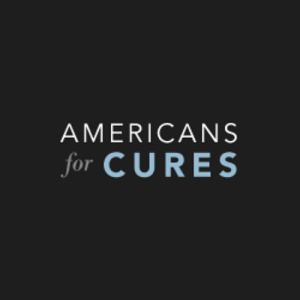
How do clinical trials work? With the support of Proposition 71 and the California Institute for Regenerative Medicine (CIRM), California stem cell scientists at USC and elsewhere are developing a new generation of cellular therapies, which will come with unique challenges — and, hopefully, benefits — that differ from traditional drug-based medicine.
In their animation exploring the risks and benefits of clinical trials, Americans for Cures explores how these experiments benefit the field of medicine and advance our understanding of disease and injury. This animation was produced as part of the Americans for Cures Foundation’s Report Back to the Public program, in collaboration with the International Society for Stem Cell Research (ISSCR).
In their animation about HIV, Americans for Cures details three stem cell-based clinical trials to address the disease. In one of these trials, biotech company Sangamo BioSciences is collaborating with principal investigator John Zaia, chair of virology at the Beckman Research Institute of the City of Hope. CIRM supported this clinical trial from its inception by providing $14.6 million to fund the early-stage development of a technique for genetically modifying blood-forming stem cells to cure HIV/AIDS, pioneered by Zaia, David DiGiusto from City of Hope, scientists at Sangamo BioSciences and USC Stem Cell researcher Paula Cannon.
Americans for Cures also produced white board animations showcasing: a clinical trial for age-related macular degeneration, led by USC Stem Cell researchers David Hinton and Mark Humayun, and a clinical trial for retinitis pigmentosa.
These animations were produced as part of the Americans for Cures Foundation’s Report Back to the Public program. For more information, visit the Americans for Cures website, or follow them on Facebook or Twitter for updates.
